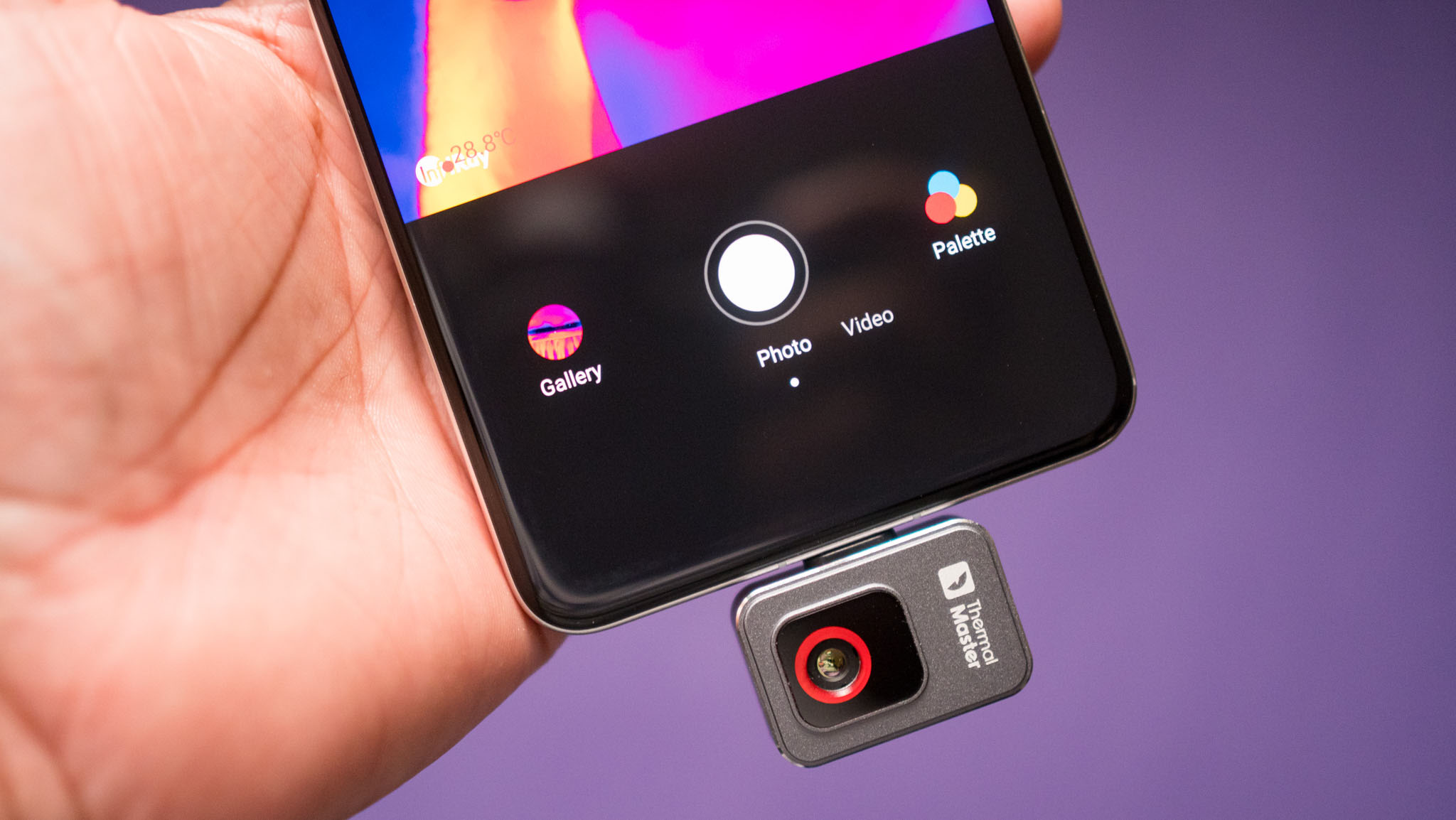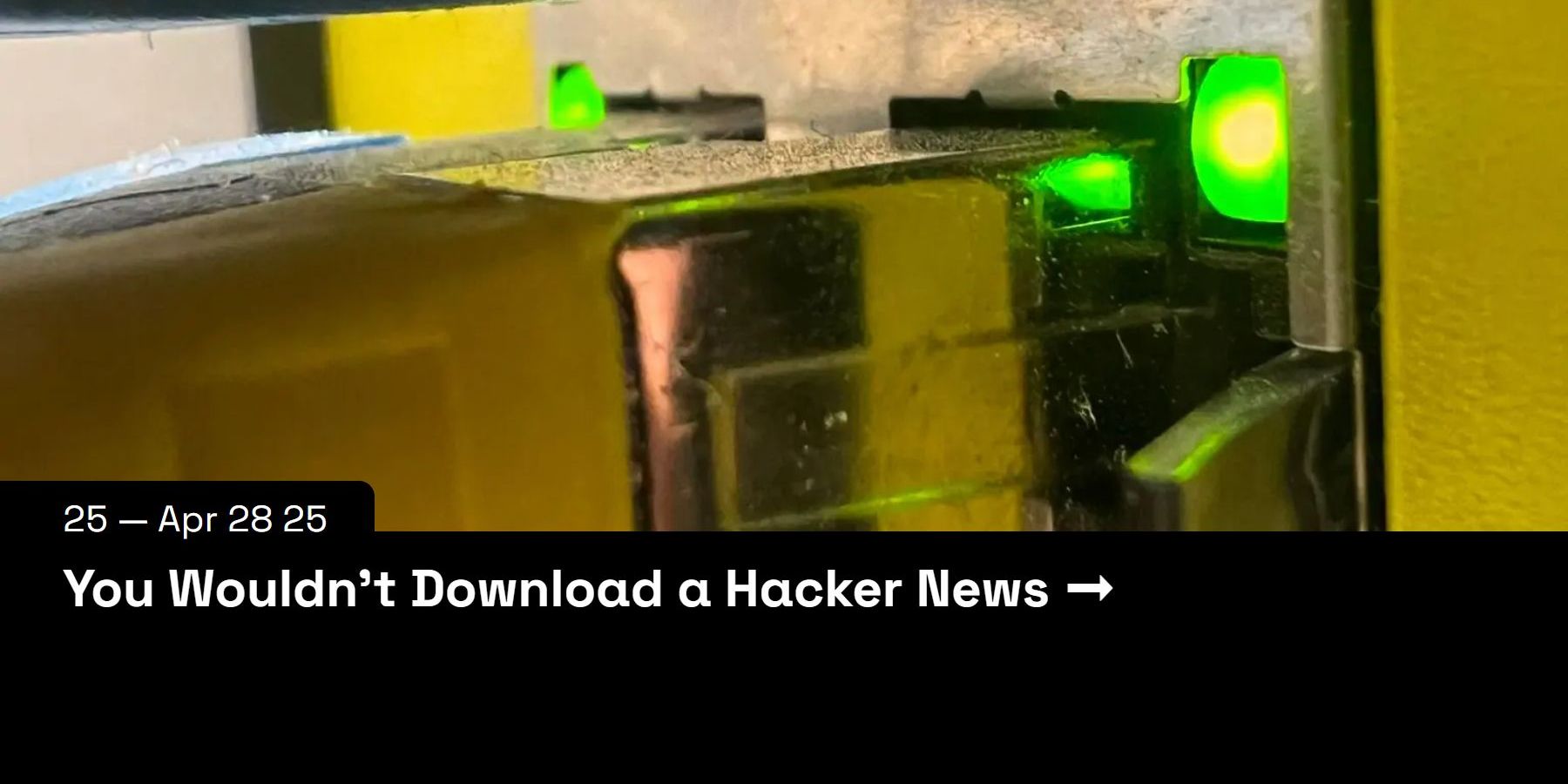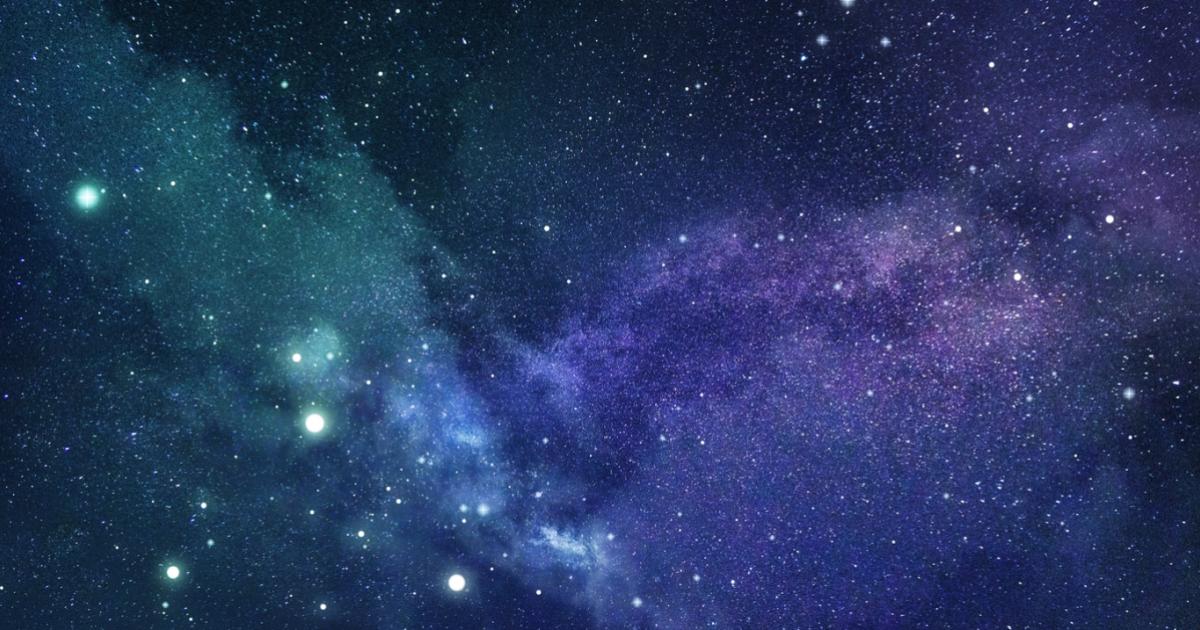Amazon Launches Project Kuiper Satellites Amid Growing Space Debris Concerns

On the evening of April 28th, 2025, Amazon initiated a new chapter in its ambitious space endeavors by successfully launching the first batch of satellites for its Project Kuiper. This significant milestone saw 27 satellites entering orbit around the Earth, allowing Amazon to compete directly with established players like SpaceXs Starlink. The growing presence of satellite constellations in low-Earth orbit (LEO) has sparked concerns about orbital overcrowding and the potential for catastrophic collisions among these numerous objects.
Amazons entry into the satellite race is part of a larger trend where companies are increasingly deploying large groups of satellites to provide internet services globally, especially in remote or underserved regions. Other competitors in this burgeoning field include UK-based OneWeb, which merged with the French satellite operator Eutelsat in 2023, as well as several initiatives from Chinese firms aiming to establish their own mega constellations.
Among the Chinese projects are the Guowang mega constellation, backed by the government and shrouded in secrecy, along with the commercial Thousand Sails initiative, which aims to launch up to 15,000 satellites. The European Space Agency (ESA) reported a staggering increase in space activity, noting that over 2,500 objects were launched into LEO in 2024 alone. This figure represents more than a fivefold increase compared to the pre-2020 launch rates, with the majority of these being necessary for commercial satellite constellations.
As the number of active satellites has now reached levels comparable to that of space debris, the ESA warns that without intervention, we could see nearly 50,000 objects larger than 10 centimeters in orbit by 2050. This surge in satellite launches could equate to an average of eight satellites being sent into space daily, resulting in four tons of material entering orbit every single day. These satellites serve critical roles, providing vital communications and internet access in regions affected by natural disasters or conflicts.
However, the burgeoning number of satellites is compounded by an escalating issue of space debris. The heavens around our planet are becoming increasingly congested with both operational satellites and remnants of previous missions. Experts warn that the risk of collision is rising sharply, and if two satellites were to collide, the resulting debris could escalate the problem further, creating a dangerous cascade effect.
Vishnu Reddy, a researcher specializing in debris at the University of Arizona, highlights the urgency of the situation, stating, There is a race to fill low-Earth orbit. The dangers are not limited to merely operational satellites; millions of pieces of debris, some traveling at speeds that could cause devastating damage, reside in orbit. ESA estimates that over 1.2 million objects are large enough to pose a significant threat if they were to collide with operational satellites.
Aside from potential damage to critical equipment like the International Space Station, collisions can create even more debris, exacerbating an already dire situation. As Reddy explains, small debris collisions can lead to a chain reaction, known as Kessler syndrome, that could render large swathes of orbital space unusable for future missions.
While satellite operators continue to launch new satellites, they face mounting challenges regarding orbital space management. The close proximity of satellites can interfere with their transmissions and operations, and factors like climate change are complicating the problem. The shrinking of the upper atmosphere, due to greenhouse gas emissions, is diminishing its ability to drag debris out of orbit, further intensifying concerns.
No one advocates for a halt to satellite launches, yet the implications of sending thousands of objects into space each year must be acknowledged. Researchers are beginning to examine the limits of orbital capacity and whether the current frequency of launches is sustainable.
Currently, the responsibility of tracking debris falls primarily on the United States government, which provides information to the space community. However, with no one entity charged with debris management, operations can become chaotic. As Reddy notes, Satellite operators are responsible for their satellites, and while some companies, like SpaceX, have implemented responsible deorbiting practices, many pieces of debris are too small to be tracked effectively.
Moreover, the dynamics of satellite orbits mean that the potential for collision increases. For example, while Project Kuiper satellites are launched at a higher altitude than Starlink satellites, the need for them to deorbit at some point necessitates passing through the same orbital ranges as their predecessors, raising questions about traffic management in space.
Tina Pelkey, an Amazon representative, mentioned the company's commitment to deorbiting satellites responsibly and their support of the ESA's Zero Debris Charter. However, specific inquiries regarding collision management went unanswered.
Financial implications also loom large, as avoiding potential collisions can incur significant costs. If two satellites from competing firms face a conjunction event, they must decide which satellite will maneuver to avoid a collision, consuming valuable fuel and impacting profitability.
The potential for disaster is not merely theoretical. A notable incident occurred in 2019 when a close encounter between a Starlink satellite and the ESAs Aeolus satellite nearly resulted in a collision, prompting ESA to perform a last-minute maneuver. Alarmingly, communication attempts with SpaceX were unsuccessful due to an internal error, highlighting the vulnerabilities in current tracking and coordination frameworks.
The existing lack of legal frameworks governing satellite operations raises profound concerns. Experts are calling for an established system akin to air traffic control, specifically tailored for space operations. Unfortunately, the path to creating such regulations appears fraught with challenges, as international cooperation remains elusive.
Josef Aschbacher, the ESA's director general, underscored the urgency of addressing the burgeoning issue of space debris, saying, The message is crystal clear: space debris is a problem, and we have to do something about it. Without concerted action, the future of satellite operations could face insurmountable obstacles.




























